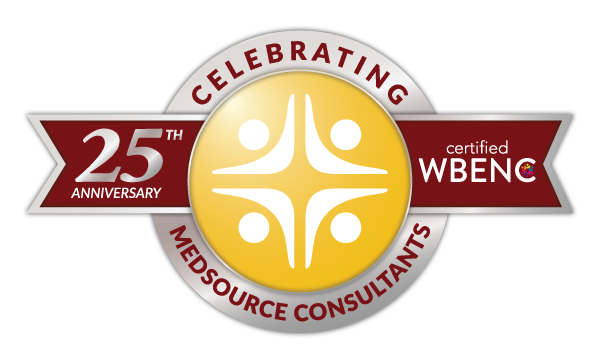Improving Patient Experience with Technology
Dawn Pascale

Leaders understand that the delivery of quality health care, combined with the drive for efficiency, juxtaposes patients seeking care from their organization or going elsewhere. The shift toward a more consumer-focused version of care delivery has begun. Increasing competition and declining reimbursements have pushed healthcare providers to adopt new ways of doing business. Many of these models are leveraging technology to help improve the customer experience.
What’s Happened Since Meaningful Use?
It’s been almost a decade since Meaningful Use forced technology into the healthcare modernization effort. In the intervening years, hospitals and medical practices installed electronic health records (EHR) and digitized patient records, purchased online medical billing platforms, and installed sophisticated patient portals that allowed HIPAA-compliant communications between providers and their patients.
Today, the emphasis is on the interoperability of these platforms to improve healthcare delivery. However, the technology emphasis is also resting firmly on the idea that these tools can be used to improve the experience of care delivery for our patients. Digital technologies are now tasked with:
Improving communication between patients and their caregivers.
Whether it’s an internet of things” enabled device, recording patient data via a remote sensor in their homes, assimilation with real-time locating systems (RTLSs), patient-to-staff voice communications, or a telehealth visit, technology now provides new ways to stay in communication with our patients wherever they are. A recent study showed 83% of patients would welcome a secure text message from a doctor reminding them to take their medication.
Reducing medical errors.
A recent Johns Hopkins study says that medical errors are the third leading cause of death behind heart disease and cancer in the U.S. today. Given the high frequency of medication errors with resultant patient harm and cost, their prevention is a worldwide priority for health systems. Digital tools such as computerized physician order entry, automated dispensing, barcode medication administration, electronic medication reconciliation alerts clinicians of drug interactions, or other complications they might normally miss.
Expanding access to treatment.
According to Healthcare Dive, more patients are seeking convenient care and are willing to switch providers if wait times are too high. Patients do not have time off to visit a remote clinic and are increasingly seeking telehealth visits via their smartphones to receive the care they need. This is particularly true in rural settings, where a visit to a healthcare specialist could require extensive travel to an urban setting. Today’s patient is not only comfortable with receiving care on a digital device—they are increasingly demanding the convenience of these visits.
Reducing risk.
Today’s technologies can help reduce malpractice risk. The increasing expansion of artificial intelligence (AI) and machine-learning algorithms show promise for healthcare providers. Fifty-three percent of physicians say they are optimistic about AI’s potential effect on healthcare, according to a new survey of more than 1,70 physicians published by the Doctors Company. AI uses predictive analytics that could spot trends on a patient chart to supplement the knowledge of the physician. AI can support clinical decision making and treatment of chronic or life-threatening diseases.
While technology will never replace the human element of the doctor-patient relationship, administrators need to look for more integration with real-time algorithms that provide applications on mobile devices securely, and platforms that are more proactive, and predictive – able to anticipate patient needs. Solutions must be adaptable, user-friends, and easy to support. Digital technologies that help improve the patient experience and ease the burden of their clinical staff can benefit the healthcare paradigm.
Talk to the MedSource team about how technology can benefit your facility.

